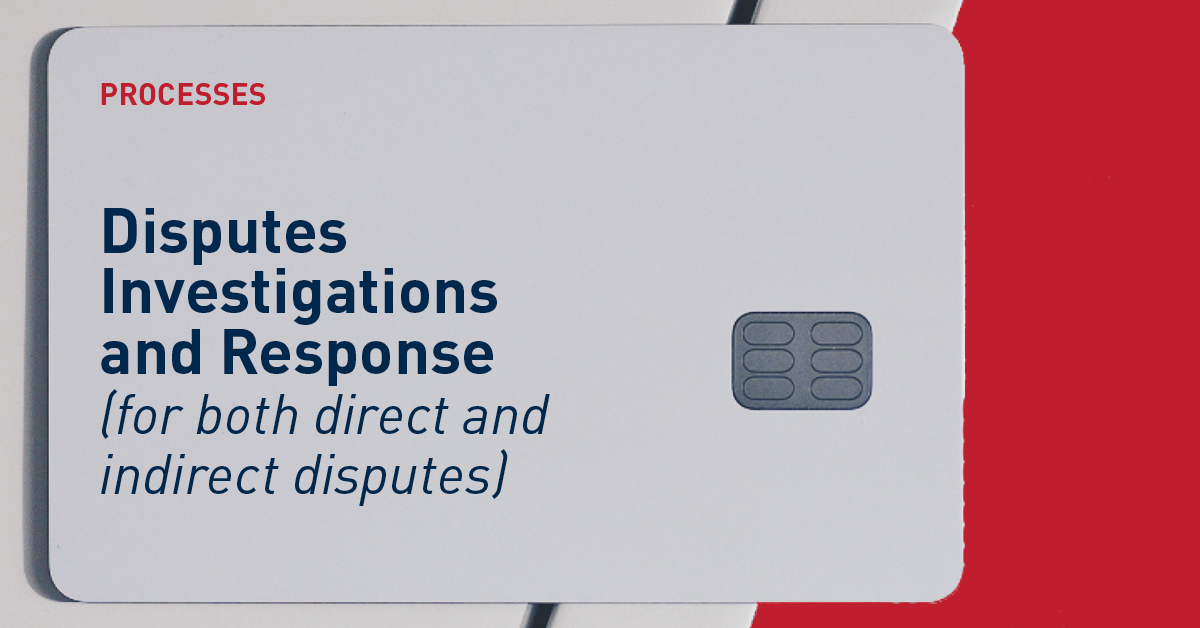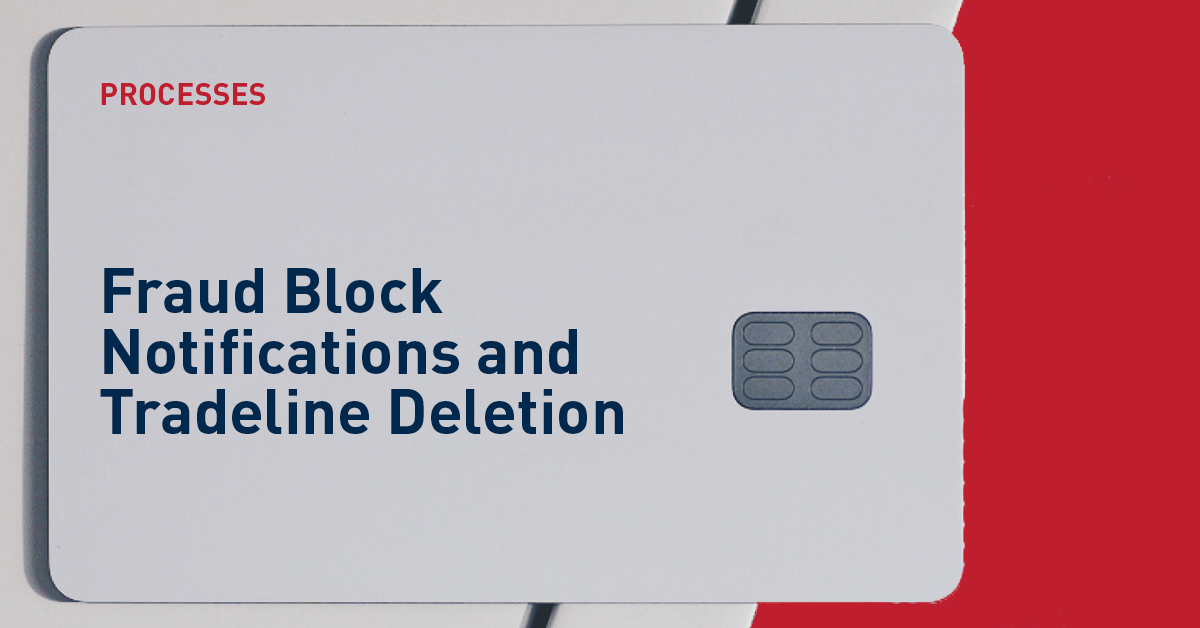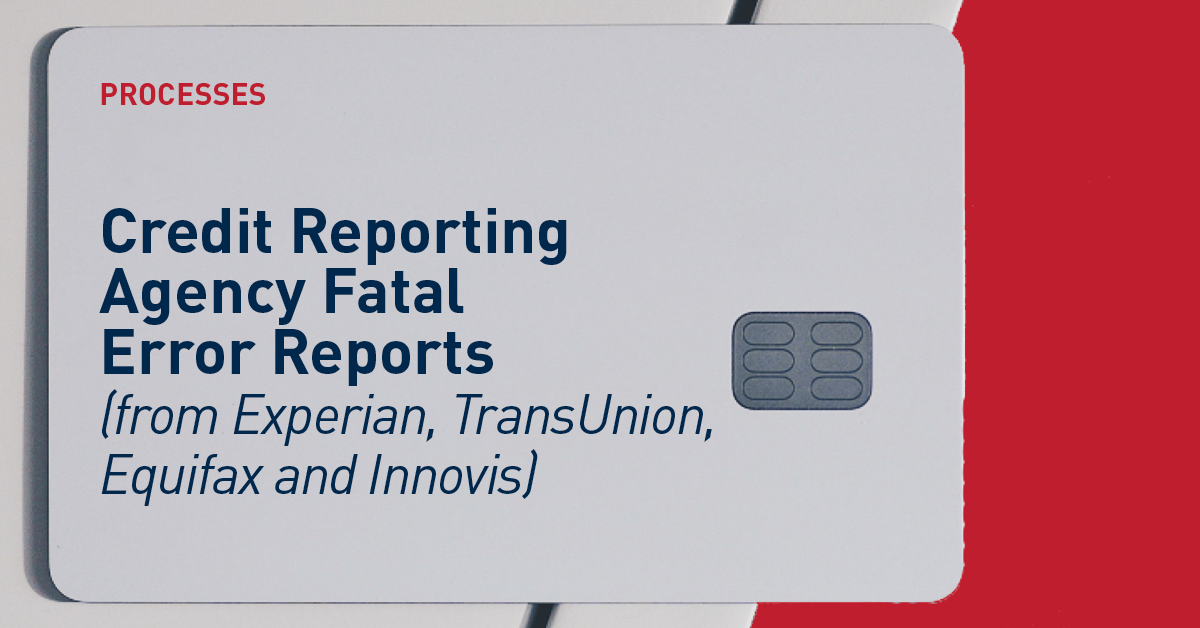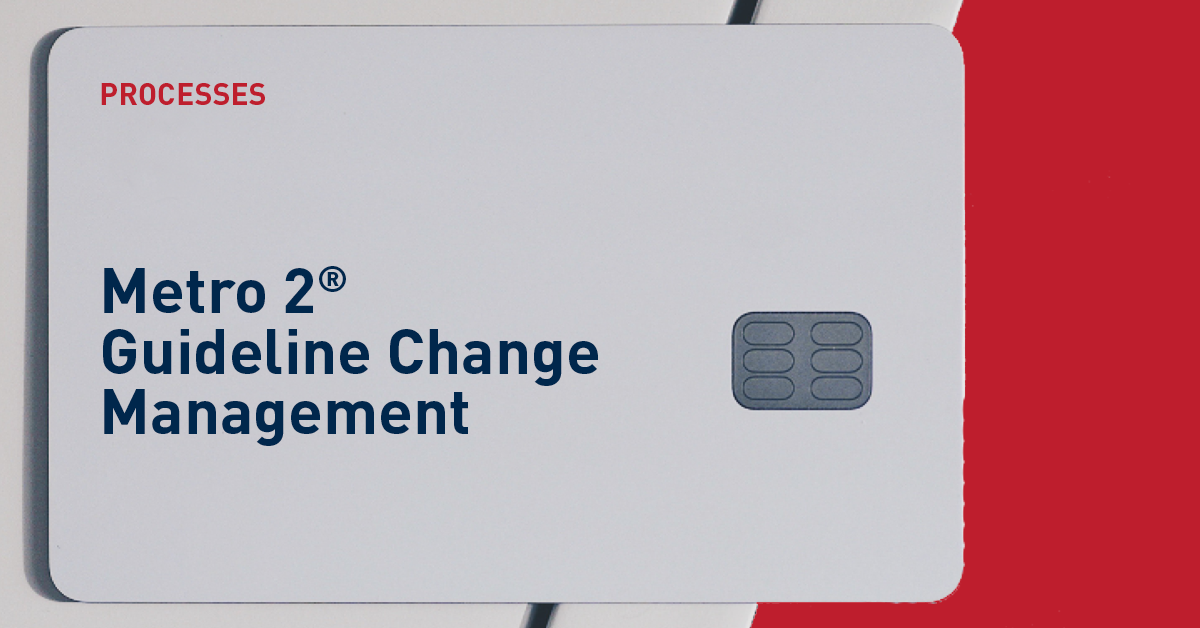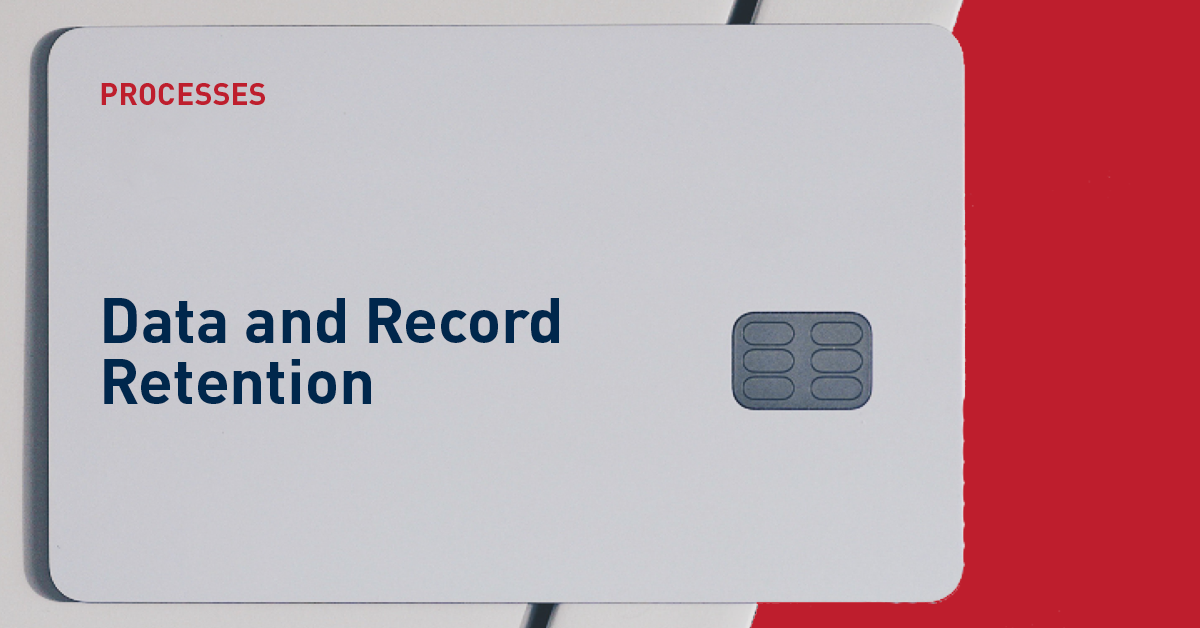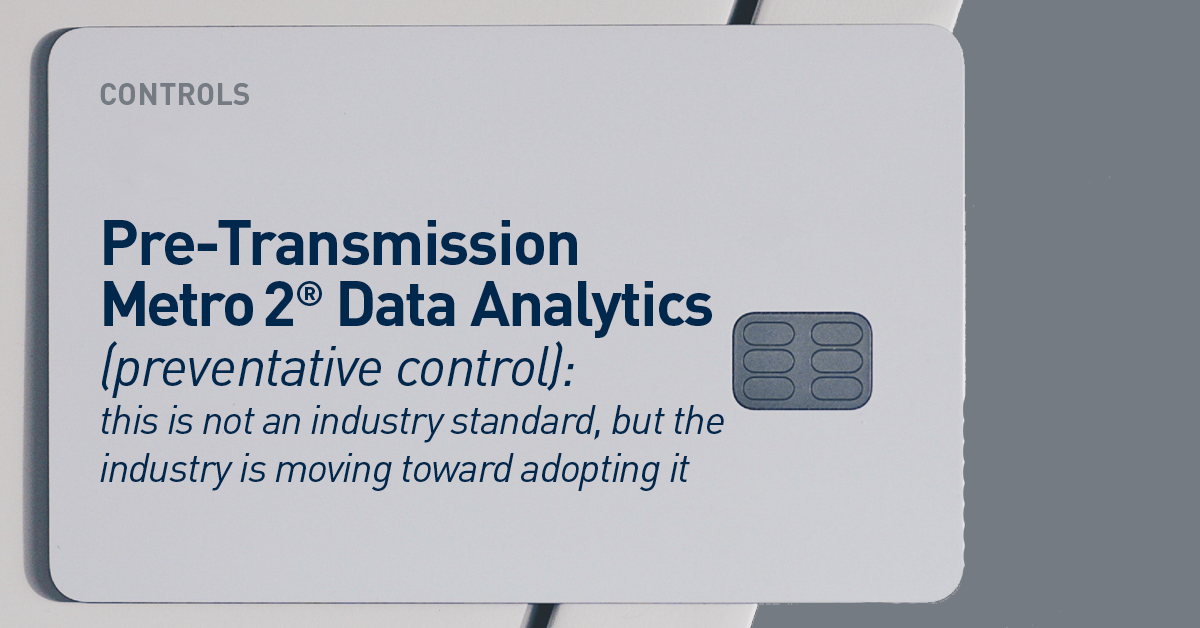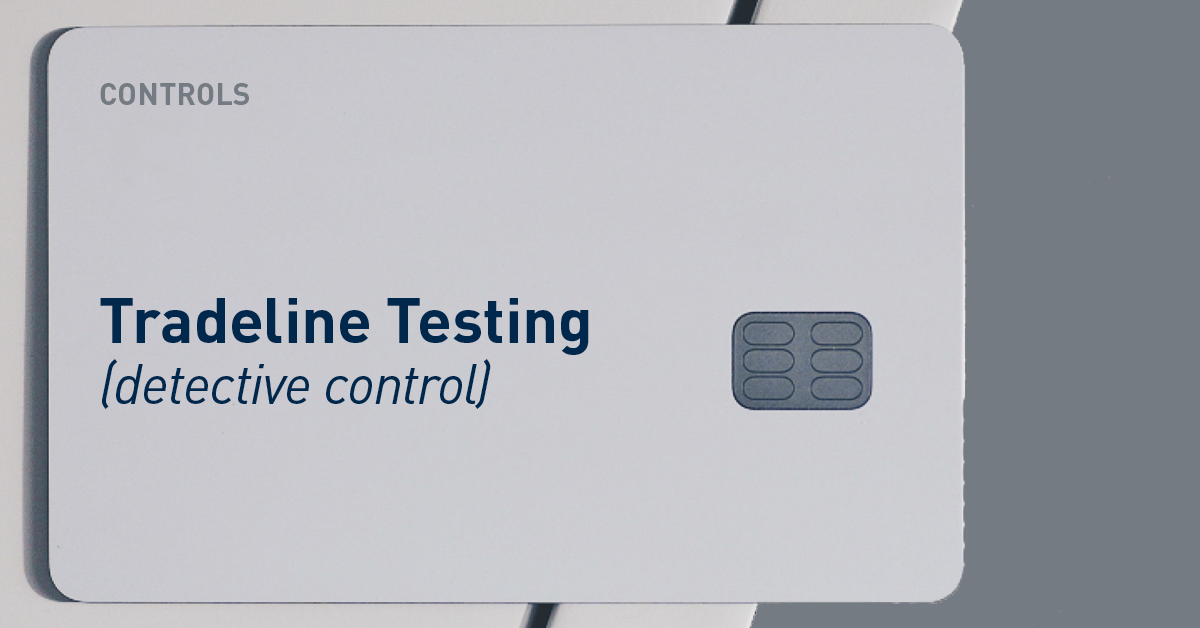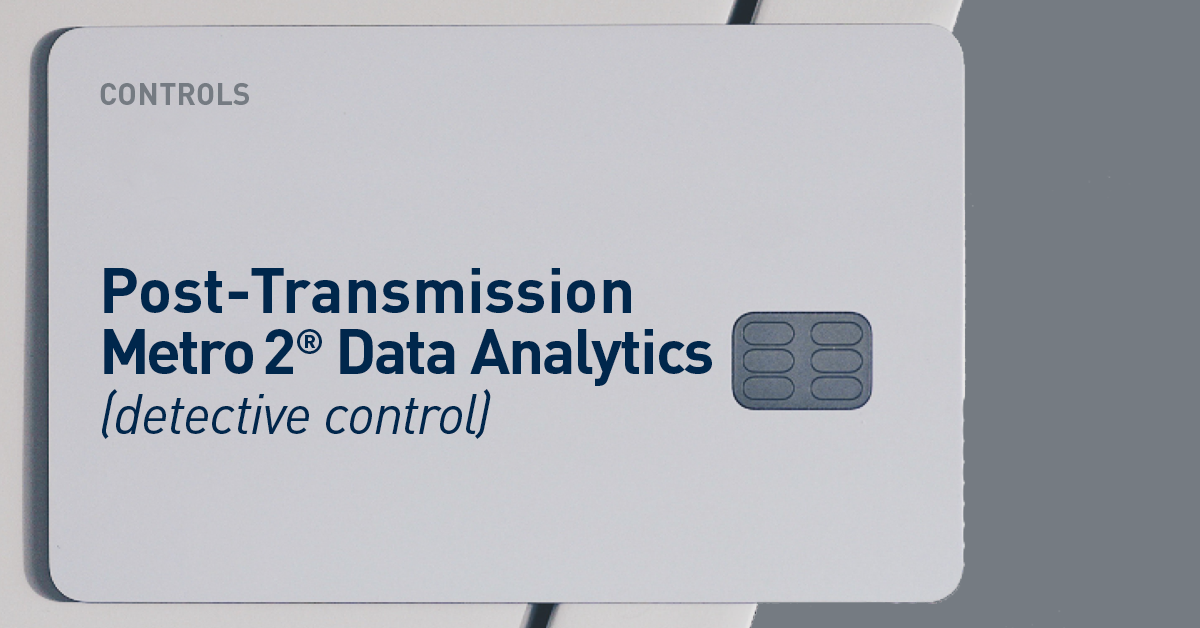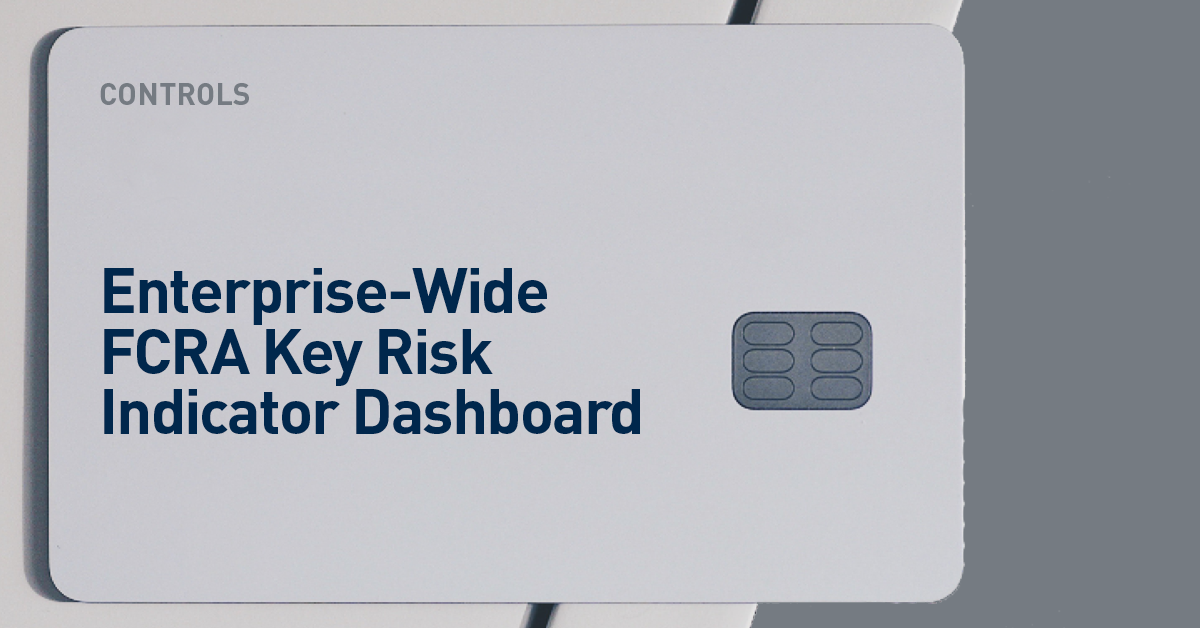The Credit Reporting Landscape Is Changing—Here’s How Banks Can Get It Right
Michael Canale and John DelPonti
Five key considerations for institutions: on FCRA compliance, cost reduction through technology and more
FICO’s move to change its credit-score formula may have some consumers worried, but businesses reporting the data that feeds into such models will also face challenges.
In fact, data furnishers—creditors, lenders, debt collection agencies—have perhaps never encountered such a challenging reporting environment. In the past few years, the Federal Trade Commission and Consumer Financial Protection Bureau (CFPB) have made accuracy under the Fair Credit Reporting Act (FCRA) a key priority in their public enforcement actions and reports, with penalties in the millions; the US House of Representatives passed the CREDIT Act, which would establish new reporting guidance and additional oversight from the CFPB; and accuracy issues have continued to plague the industry related to data transmitted through the Metro 2®standard, whose guidelines change annually.
Failure to adapt could mean regulatory actions resulting in significant fines, headline risk and lost revenue. For financial institutions, accuracy and compliance require knowing how to institute adequate policies and procedures, what the key operational and data issues are, and how to manage regulatory and reporting guideline changes.
Here are five points to keep in mind when evaluating your organization:
1. Master the fundamentals first.
The sheer amount of consumer data and reporting scenarios means there will never be a Metro 2® file free of issues or anomalies. Getting it right the first time is as important as having a plan to fix it when it is not.
Financial institutions should master the fundamentals first: the business requirements, centralized policies, procedures and controls that help your organization correct issues as you detect them. The FCRA outlines a framework of expected procedures in 1022 Subpart E, but we’ve highlighted several areas worth examining (see sidebar).
2. Go below the surface.
A reasonable investigation of consumer disputes is a core requirement of FCRA compliance. Yet many furnishers struggle to define what these investigations entail. For example: if a consumer claims they paid on the first of the month, but your system shows they paid on the fifth, what do you do?
Many data furnishers rely simply on their system of record in resolving such disputes. Ensuring accurate reporting, however, means looking beyond screens and data when applicable (e.g., what does the actual bank statement say?).
It may seem intuitive to seek the underlying support, but not doing so is a common pitfall. It stems from understaffed departments, human error, poor procedures and a lack of technology solutions. For instance, the CFPB’s recent complaint against a third-party debt collector alleged that the company designated only four employees to handle roughly 10,000 indirect disputes per month; more than 92 percent of the time, those employees simply confirmed disputed information as accurate.
3. You are responsible—even if you use a vendor.
Just because you outsource credit reporting to a third party does not mean it is reporting your customers’ data accurately—and you may be on the hook if the vendor is inaccurate. Common issues we see include:
Vendors licensing different versions of software to different clients and failing to keep all versions up to date on the latest reporting guidelines.
Systemic issues, identified by the vendor or one of its clients, go unreported to other users, resulting in inaccurate information being reported.
If your organization uses a vendor to furnish credit-reporting data, you should still have appropriate processes and controls in place to ensure the accuracy of files. In addition, work with your vendors to establish a mechanism to inform clients about reporting inaccuracies or upcoming changes: it is not a good sign if your vendor does not send out bulletins, does not have dedicated lines of contact for issue intake and reporting, and does not participate in industry roundtables.
4. Deposits data can have FCRA compliance implications.
The CFPB released guidance in summer 2019 outlining the failures of furnishers with regard to deposit account information. The issue has caught a lot of banks off guard, as many are unaware that the data their fraud groups share with nationwide specialty servers can be used for credit reporting purposes.
We recommend checking your agreements with these vendors, understanding what products your organization uses and whether the data being reported is subject to FCRA compliance. Deposits data is not reported in a standard format like Metro 2®, and specialty servicers do not provide the same level of guidance on how data should be reported.
Data-mapping and translation issues may also result in systemic inaccuracies. It is critical to understand who in your organization is using these tools, where disputes are received, how they are processed and whether the system of record is being updated to prevent re-pollution of systemic issues.
5. Invest in technology to reduce costs and increase efficiencies and risk coverage.
The industry standard processes that have been implemented over the past five years are intensely manual and time consuming. Technology solutions can reduce the burden of administering your FCRA program. Examples include:
Robotic process automation (RPA) can help data furnishers streamline repetitive tasks. For example, the disputes process can leverage RPA to gather and organize relevant support (i.e., Metro 2® data, bank statements and account records). This way, your team can spend less time compiling materials for review and more time investigating the underlying records.
Intelligent process automation (IPA) is an emerging technology that combines machine learning with RPA to deliver tools that mimic human interaction and make decisions based on robotic outputs. IPA can be used to investigate disputes and perform quality assurance and quality control functions, such as tradeline testing.
Machine learning can be leveraged to analyze system of record and Metro 2® data against Consumer Date Industry Association guidelines, identify accuracy and integrity issues before the data is transmitted and make corrections—all of which help reduce reporting issues and disputes volumes. Machine learning also can be used with natural language processing (NLP) to handle large amounts of data in different structures and languages, categorize disputes, generate early warnings about customers or loans and prompt actions for managing risk exposure.
Implementing such technology comes with its own considerations, including budgeting, drafting business requirements, development and implementation, performing user acceptance testing, training, documentation, setting up the appropriate levels of QA/QC and maintaining the technology and rule set. In addition, other complexities will challenge these solutions’ abilities to deliver results that pass regulatory scrutiny (e.g., how to handle baseless identity theft notifications and disputes from credit repair agencies).
Change is constant in the credit reporting industry as the data and rules that govern it continue to evolve. However, accuracy and integrity in reporting are at the heart of furnishing.
Though the methods for achieving this goal—and the pressures to do so—may change, instituting organization-wide FCRA awareness, procedures, policies and controls will be a vital part of any compliance effort.


